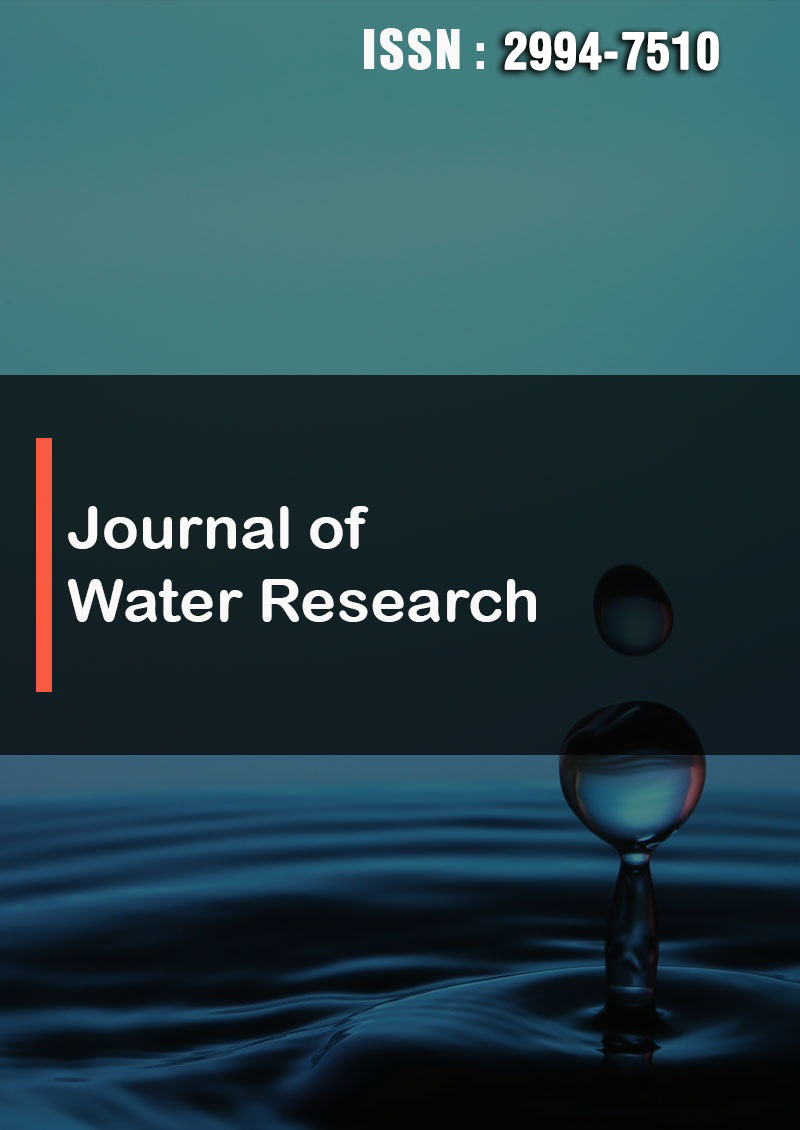The Use of Isotopic Techniques to Determine the Sources of Groundwater Recharge and Interaction with Surface Water in Southern Baghdad-Iraq
Abstract
Amer Abed Mohammed, Ali H. Falih, Kamal B. Nada, and Ali Abass
Isotope Hydrology has become a widely used technique for managing the global water crisis. The study of the Isotopic content of Groundwater and surface water and the study of chemical analysis is an important source of water sustain- ability. The study area is located south of Baghdad- Iraq three regions (Al-Dora, Al- Rustumiya and Al-Tuwaitha). Many samples were taken in the study area (15) samples Groundwater (well) and surface water (Rivers Tigris and Diyala). The results of the isotopic study indicated that there is a clear interaction in the values of the two stable isotopes be- tween groundwater and surface water (Tigris and Diyala Rivers). In the wells (-41.5,-42.95 ‰) for deuterium (2H) (-6.77, -7.15 ‰) Oxygen-18 (18O) and the Tigris and Diyala rivers (-40 , - 39.47 - -7.34,-7.2 ‰) respectively ((2H), ((18O)) in the study area. Depending on these variables, indicates isotopic signatures similar between groundwater and surface water in the study area, helped in this the geological structures of the city of Baghdad (the sedimentation of the sedimentary plain). Through the results of isotope Tritium (H-3), (indicator to know the age of water and Recharge of water) we showed a clear convergence between the concentrations of tritium in the surface water of the rivers (Tigris and Diyala) (4.8 ± 0.064) TU and the wells (4.5 ±0.045) TU in the region, which indicates that the supply of water from wells is modern and continuous, and confirms the overlap between surface water and groundwater in the study area. It also indicated the high values of electrical conductivity in wells samples because most of the wells in the study area are shallow, where salt concentrations are high due to increased evaporation and are not suitable for drinking.



